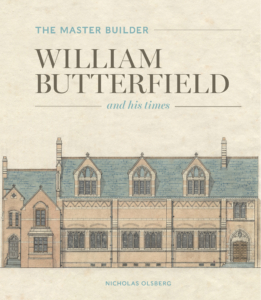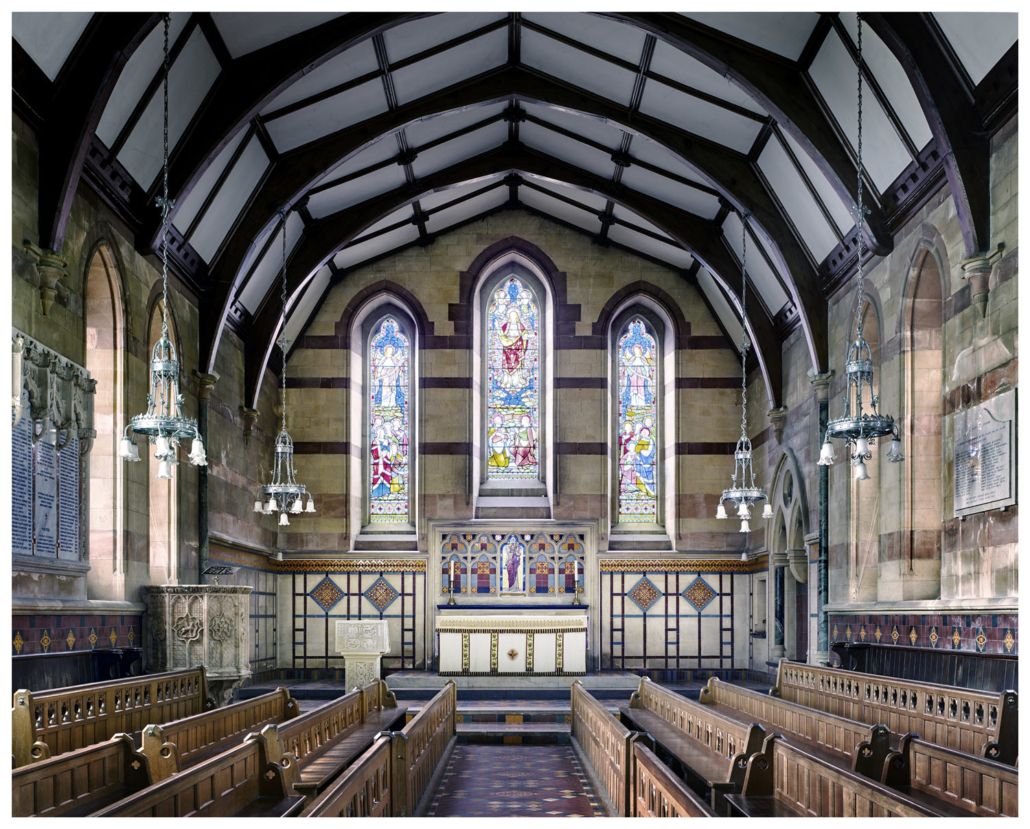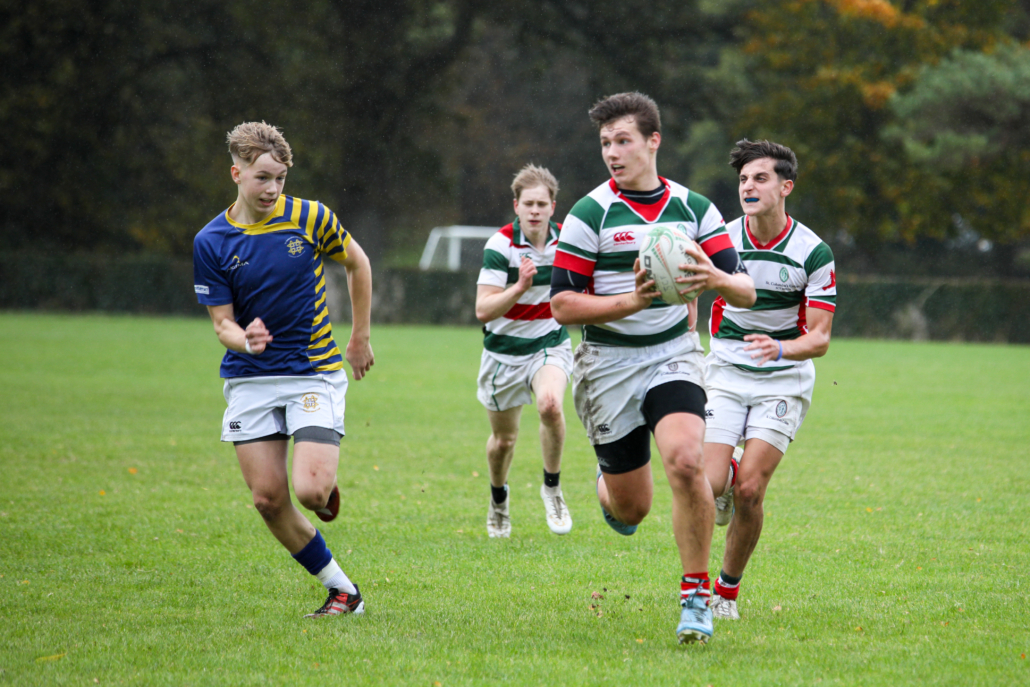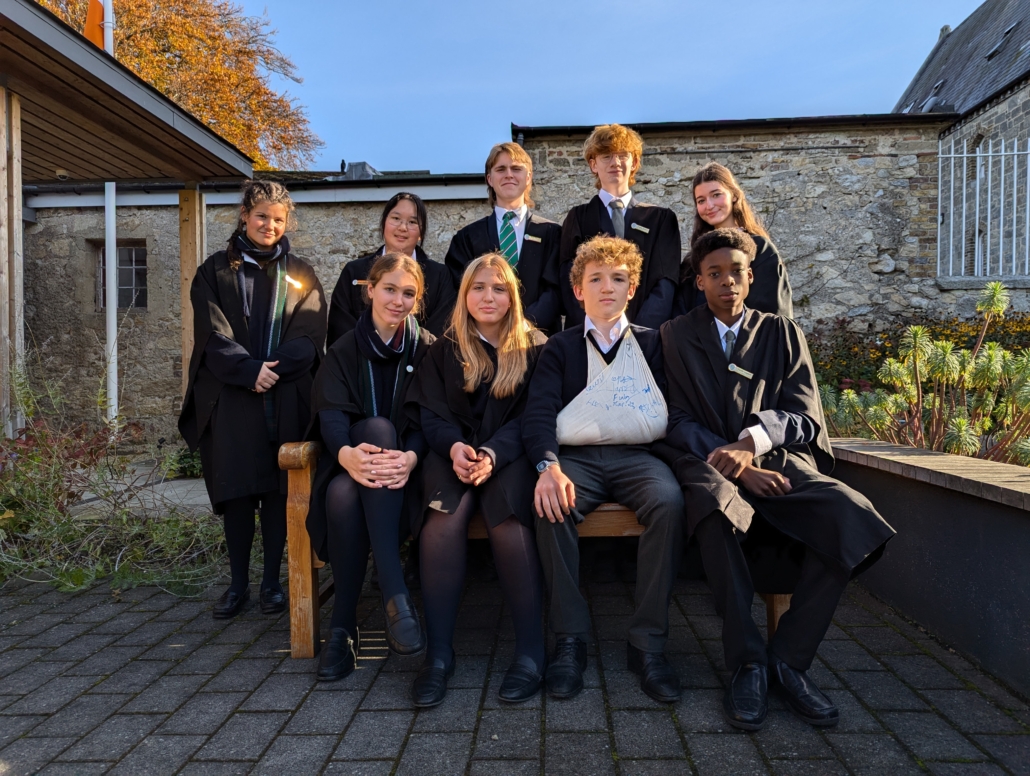Constance Chambré and Jasper Wilkinson report on the recent Form VI Art trip to Newgrange.
After leaving the College at 8:30am and driving for just over an hour we arrived at the Brú na Bóinne Visitor Centre in Co. Meath. The centre focused on creating a sense of what it was like to live during the Neolithic Period. It was an immersive experience in which beautiful light was reflected on the floor representing the flowing water of the River Boyne; forests were projected on the walls as well as videos playing re-creations of Neolithic people gathering food or cooking.
After leaving the Visitor Centre, we got a shuttle bus up to Knowth, the biggest of all the passage tombs in Ireland. When we arrived we were greeted by the friendliest of staff who gave us a tour and explained the meaning and significance of the tomb. After the tour we explored the site where there an additional 17 smaller satellite tombs. Despite the wind, we were able to stand on the top of the tomb and look down on the hills of Meath and across to Newgrange and Dowth.
Next, we took the shuttle bus to Newgrange where we were divided into two groups. Whilst the first group went inside the tomb, our group got to admire the sheer craftsmanship that went into constructing Newgrange from the outside. As well as the incredible entrance stone that stands at the front of the passage into the tomb, we were also able to view kerbstone 52 which is covered in beautiful linear Neolithic art which is at the rear of the tomb. Once it was our turn to go into the tomb, I was surprised by the sheer size of the entrance passage and the megaliths that had to be transported a huge distance from the Wicklow mountains.
Inside the tomb, the guide demonstrated what it would be like to be in there during the Winter Solstice, when natural sunlight travels deep inside the chamber. One of my favourite parts of my visit to Newgrange was reading the graffiti that people had carved into the walls centuries ago. I think the earliest one I spotted was 1822!!!
After our enlightening visit to the pre-Christian sites, Newgrange and Knowth, we took the bus to the National Museum Dublin. The museum was full of fascinating artefacts ranging over thousands of years. Our focus was of course on the tools and artwork dating to the Stone Age, Bronze Age and Iron Age. My favourite object was the three-headed Corleck from the Iron Age, dating to around the 1st or 2nd century AD. There were also a number of ‘bog bodies’ which are the remains of people who were killed as part of a sacrificial ritual during the Iron Age. We also managed to have a quick look at The Miosach, a book shrine which has very close associations with our College. After a good hour in the museum we went back to the bus and returned to the College. It was a very enjoyable tour and it was great to see first hand all of the artefacts we have been studying as part of our Visual Studies course.




































































































































































































































































































































































































































